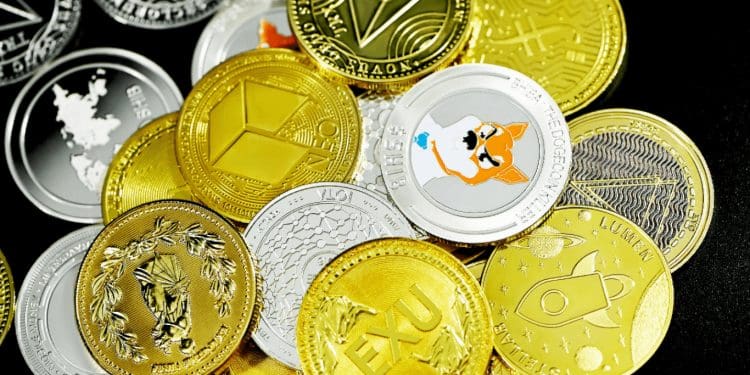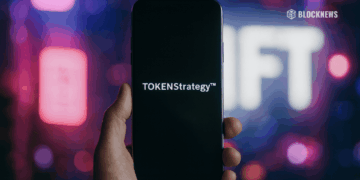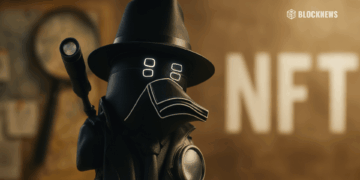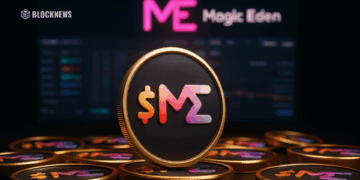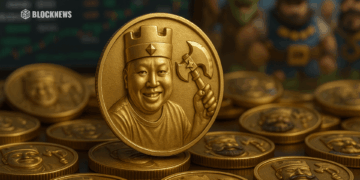Tokenized Assets have become a normality in the financial world, but what exactly is Asset Tokenization, and how can this feature be included even more in the economic space?
Asset tokenization is an invention that uses digital tokens to fractionalize the ownership of assets like properties, jewelry, or art and smart contracts on a blockchain network to manage these ownership rights better.
Tokenization is not new to the blockchain industry, but it is now attracting attention in the real-world assets industry. It is fundamentally explained as converting the rights or a unit of asset ownership into a digital token on a blockchain.
The opportunity to tokenize assets opens a world of new investment ideas and chances for asset managers and clients.
There is, however, the issue of the financial infrastructure not being strong enough to manage these tokenized assets within the portfolio management system. Hence, it leaves you wondering how much the world of tokenized assets will grow in the next decade.
Tokenization is a capability that leverages blockchain technology to create security for assets, both traded and non-traded ones. The significant benefits of Tokenization include increased liquidity, faster settlements, and lower costs in transactions.
A physical asset being tokenized comes with a variety of benefits to participants in the market. Benefits like;
- A Broader Investor Base:
With real-world assets, there is a limit to the level of fractionalization possible and selling a fraction of an apartment or a fraction of a company is not possible. Still, with tokenized assets, that limitation becomes non-existent. It becomes possible for tokens representing that fraction of ownership to be bought or sold, which widens the investor base for assets.
- A Wider Geographic Reach:
Blockchains are generally global as they have no external barrier or limitations holding them back from a worldwide outreach to investors, which is the opposite in institutional markets. There would be laws to follow and programs to take note of.
Tokenization would remove that barrier.
- A Reduction In Settlement Times:
The Tokenization of assets has the potential to reduce transaction times by permitting a 24/7 trading system, and a smart contract run by predefined parameters can also instantly complete a transaction, reducing its settlement time from its current durations.
- An Upgrade In Infrastructure:
For several asset classes, fundraising and trading have remained slow and stressful, with the requirements of paper-based documents. Still, with Tokenization, the efficiency would improve with the effects being further amplified in areas lacking traditional infrastructure.
The Future Of Tokenization
Tokenization would come into the financial market to remove the barrier surrounding it and make it more lucrative and accessible globally for all.
The future of Tokenization would be one where leading financial institutions understand the opportunities presented by the Tokenization of financial assets. When it involves turning legacy asset classes like corporate securities into a vibrant digital market, the world is witnessing changes from high institutions moving to Tokenization. There is an evident evolution in the value chain.
While it may still be early in the journey towards a global acceptance of asset tokenization, it can evolve and change the current dynamic for the owners and investors of several asset classes.
In the next decade, Tokenization will grow as more people begin to adopt features of cryptocurrency into their businesses and day-to-day lives. This would also open them to tokenizing their assets once they have seen how effective the blockchain industry can be and how many opportunities it opens up for them. In a few years, traditional financing will take a complete step behind decentralized funding, and the Tokenization of assets will be right behind it, waiting to take over.


